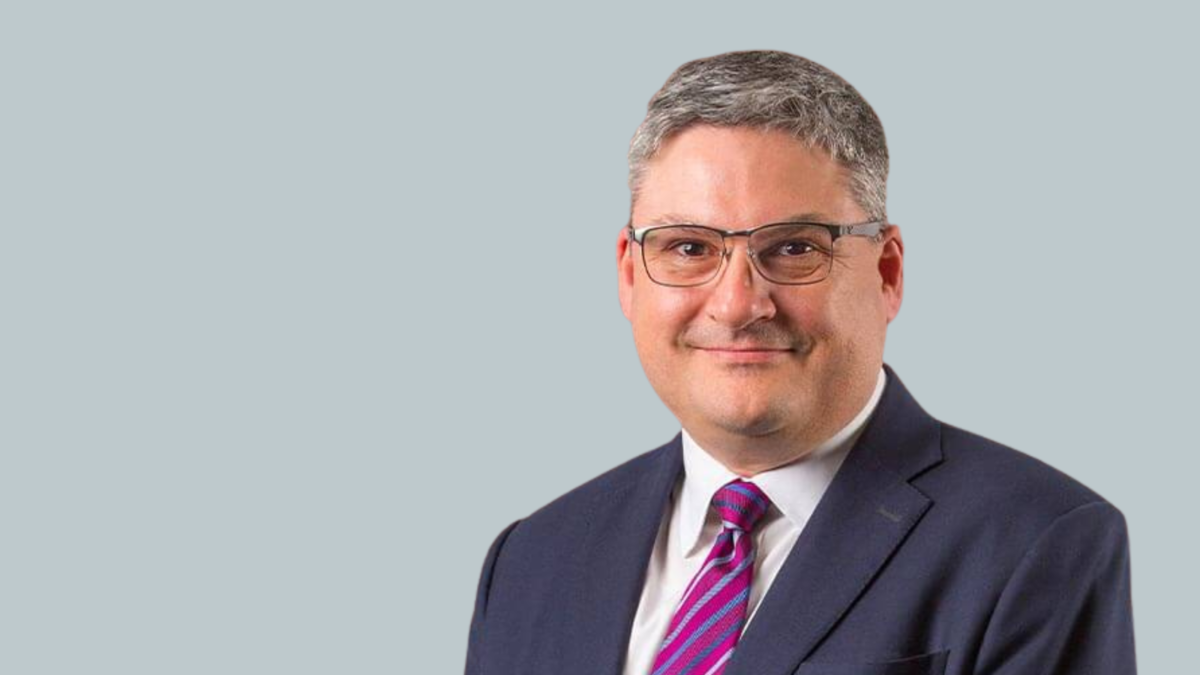‘No simple answers’: The Future Fund’s brave new world
The world the Future Fund laid out in its 2021 position paper A New Investment Order
seemed, if not entirely unlikely, comfortably uncertain: a world of higher, stickier inflation, deglobalisation and economic protectionism, and challenged corporate earnings. None of these things seemed set in stone when they were put to paper last September – the economic/financial effects of Covid were expected to fade, and the “transitory” school of thought still had its adherents.
But while some features of the world the Future Fund described have faded – populism, for one, with voters apparently ‘tired of winning’ – the rest have become entrenched in this one, owing mostly to the war in Ukraine. The stable, low growth, low volatility and low inflation environment that investors have enjoyed for more than 40 years is now effectively ended, “and the future is far less certain”.
“As the investing landscape changes, investing models are called into question,” the Future Fund (headed up by CEO Raphael Arndt, photo at top) writes in its new position paper, titled The Death of Traditional Portfolio Construction?.”Modern Portfolio Theory relies on long established views of correlation and diversification. What if those no longer hold true?
“How will unconventional fiscal and monetary policy further challenge market expectations? How will the breakdown in globalisation and the disruption of capital flows, supply chains, energy markets and migration impact real economies and financial markets?”
The Future Fund has been called out for its pessimism in the past, but this time it’s warranted. The position paper warns that while alpha is more important than ever, taking more traditional market risk will “only have a limited impact on achieving higher real returns” – that it could, in fact, increase the risk of large negative returns in the short-to-medium term, “with history suggesting such periods can extend across a decade”.
“History often provides important lessons for portfolio construction,” the paper says. “The most natural period of relevance is the stagflationary era from the late 1960s to the early 1980s. The 1970s was a particularly demanding period for traditional institutional portfolios, with a 60/40 equity/bond allocation losing about two per cent each year in real terms.”
“Particularly damaging was the combination of high and volatile inflation and weak growth/high unemployment, making bonds poor diversifiers for equity risk. Rising real yields also severely dragged down equity valuations and returns.”
The Future Fund anticipates that “superficial regional diversification” might introduce unintended, unrewarded risks, with the introduction of capital controls and confiscation likely in some countries. Foreign currency exposures may no longer be defensive, with the demand for Australian commodities in a stagflationary world providing a tailwind for the Australian current account – benefitting the Australian dollar, but “reducing confidence in the traditional defensive nature of holding foreign currency”. And higher inflation levels and volatility could see a greater role for commodities in institutional portfolios.
“Different investors have different objectives, cash flows and liquidity need, as well as widely differing beneficiaries,” the paper says. “Investors need to carefully assess how their particular context will be impacted by a range of possible future scenarios.”
“What seems likely is that how investors have invested in the past will need to change. For the Future Fund’s part, we have long taken a total portfolio approach with a strong emphasis on genuine diversification. More recently we have begun to manipulate newer levers across the portfolio to help make it more resilient in the face of these converging structural forces.”
Those levers include increasing its allocation to private equity to generate alpha; maintaining a broader currency basked; adding to its domestic infrastructure exposures; focusing on liquidity and dynamic asset allocation; and adding gold, commodities, and alternatives to create more defensive levers and inflation protection.
“Given where the world is today institutional investors are likely to need to work harder and employ different combinations of strategies than they have in the past,” the paper says. “The structural tailwinds driving market returns are fading and headwinds are challenging investors’ ability to achieve their return objectives, while levels of risk and volatility are higher.”











